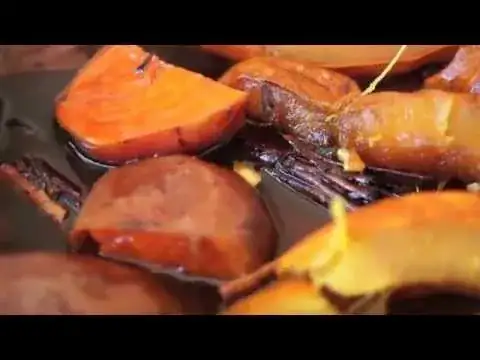OK, so, I just harvested my first batch of sweet potatoes:

(Holy crap, there are few things as satisfying as going on a treasure hunt in the dirt and pulling out a big ole hunk-o'-dinner!)
But...now what? I'm just a novice gardener and confess that I still don't really know what I'm doing.
Do I brush off the dirt, or will that bruise them further? Can I rinse them off and set them out to dry or will they mold?
I've read that sweet potatoes need to "cure" for a few weeks to let the enzymes activate and get all those good natural sugars cookin' up -- well, I don't have anywhere in the house kept at 80 degrees with 90% humidity. I can still cook em and eat em, right?
There are also a few bug holes (no pesticides, nothing); the holes aren't too deep, I can cut around them to get the good stuff. But how bad is that?
How will these keep?
Do I need to spend all weekend baking pies and chips? Lol
